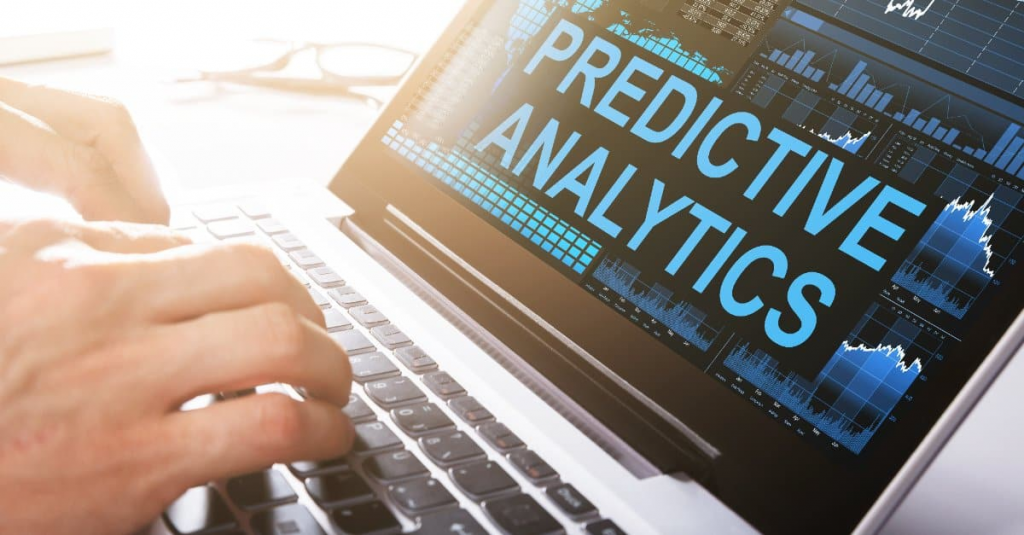How to Begin Predictive Analytics: A Comprehensive Guide

Predictive analytics is a powerful tool that can help individuals and businesses make better decisions. However, many people find the prospect of starting with predictive analytics daunting. In this article, we will explore the process of getting started with predictive analytics.
What is Predictive Analytics?
Predictive analytics is the use of data, statistical algorithms, and machine learning techniques to identify the likelihood of future outcomes based on historical data. It involves analyzing large datasets to uncover patterns and relationships that can be used to make predictions about future events.
Why Use Predictive Analytics?
Predictive analytics can provide many benefits, including:
- Improved decision-making: Predictive analytics can help individuals and businesses make better decisions by providing insights into future outcomes.
- Increased efficiency: By using predictive analytics, businesses can optimize their resources and processes, leading to increased efficiency.
- Competitive advantage: Predictive analytics can give businesses a competitive advantage by enabling them to anticipate market trends and customer needs.
- Cost savings: Predictive analytics can help businesses save money by identifying inefficiencies and reducing waste.
Getting Started with Predictive Analytics
Getting started with predictive analytics can seem overwhelming, but it doesn’t have to be. Here are the steps for getting started:
Step 1: Define the Problem
The first step in predictive analytics is defining the problem you want to solve. This involves identifying the business problem or question you want to answer and determining the data you need to answer it.
Step 2: Gather Data
Once you have defined the problem, you need to gather the data you need to solve it. This involves identifying the sources of data and collecting the data in a format that can be used for analysis.
Step 3: Clean and Prepare Data
Before you can analyze the data, you need to clean and prepare it. This involves removing any duplicates, correcting errors, and ensuring that the data is in a format that can be used for analysis.
Step 4: Analyze the Data
Once the data is cleaned and prepared, you can begin analyzing it. This involves using statistical algorithms and machine learning techniques to identify patterns and relationships in the data.
Step 5: Build a Predictive Model
Based on the analysis, you can begin building a predictive model. This involves using the patterns and relationships identified in the data to create a model that can be used to make predictions about future outcomes.
Step 6: Test and Validate the Model
Before using the model to make decisions, you need to test and validate it. This involves using historical data to test the accuracy of the model and make any necessary adjustments.
Step 7: Deploy the Model
Once the model has been tested and validated, it can be deployed. This involves integrating the model into the decision-making process and using it to make predictions about future outcomes.
Tips for Success
Here are some tips to help you succeed with predictive analytics:
- Start small: Begin with a simple problem and gradually work your way up to more complex problems.
- Focus on the data: The quality of the data is critical to the success of predictive analytics. Make sure to gather and clean the data carefully.
- Use the right tools: There are many tools available for predictive analytics, from open-source software to commercial products. Choose the tools that best meet your needs and budget.
- Get help: Predictive analytics can be complex, and it’s okay to ask for help. Consider working with a consultant or taking a course to improve your skills.
Conclusion
Predictive analytics can provide many benefits to individuals and businesses, including improved decision-making, increased efficiency, competitive advantage, and cost savings. By following the steps outlined in this article and using the tips for success, you can get started with predictive analytics and begin realizing these benefits. Remember to start small, focus on the data, use the right tools, and get help when needed. Good luck!

👤 About the Author
Ashwani is passionate about DevOps, DevSecOps, SRE, MLOps, and AiOps, with a strong drive to simplify and scale modern IT operations. Through continuous learning and sharing, Ashwani helps organizations and engineers adopt best practices for automation, security, reliability, and AI-driven operations.
🌐 Connect & Follow:
- Website: WizBrand.com
- Facebook: facebook.com/DevOpsSchool
- X (Twitter): x.com/DevOpsSchools
- LinkedIn: linkedin.com/company/devopsschool
- YouTube: youtube.com/@TheDevOpsSchool
- Instagram: instagram.com/devopsschool
- Quora: devopsschool.quora.com
- Email– contact@devopsschool.com

